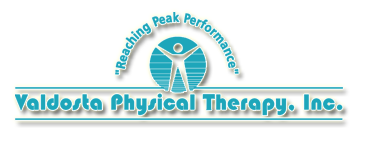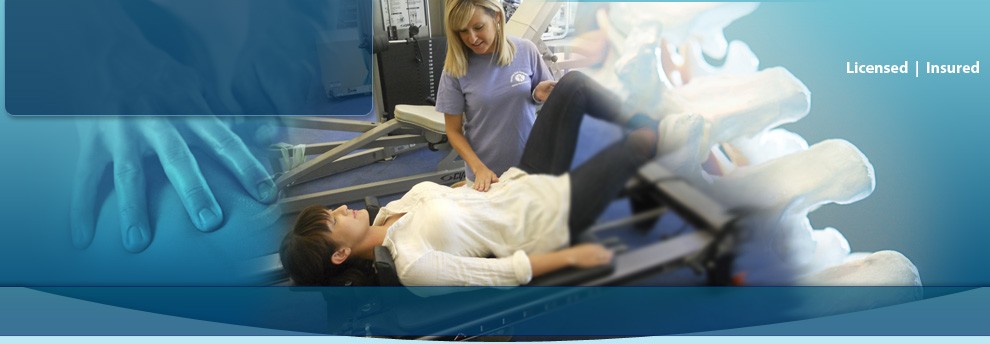Specialized Services
- Aquatic Therapy
- Hand and Upper Extremity Therapy
- Lymphedema Therapy
- Electromyography and Nerve Conduction Velocity Testing
- Work Injury Management
Aquatic Therapy
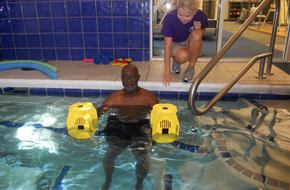 What Is Aquatic Therapy?
What Is Aquatic Therapy?
Aquatic therapy is rehabilitation in a heated pool of water. Exercise instruction is given by a licensed physical therapist and licensed physical therapist assistants trained in aquatic physical therapy.
Why Aquatic Therapy?
The unique properties of warm water can promote a faster recovery from injury, illness or surgery. Water supports the body in a relative proportion to the level of immersion. Movements are therefore easier, safer and less painful if muscles have become weakened or joints inflamed. Unwanted muscle tension is relaxed by warm water’s temperature of 92° or above.
The Physical Properties Of Water That Assist In Rehabilitation:
Buoyancy Therapy
|
|
Warm Water
|
|
Hydrostatic Pressure
|
Viscosity
|
|
Turbulence
|
Who Can Benefit Form Aquatic Physical Therapy?
People with arthritis, athletics injuries, chronic pain, fibromyalgia, joint replacement, neck/back pain, orthopedic dysfunction, pregnant women and post-mastectomy patients can all benefit form aquatic physical therapy.
Hand and Upper Extremity Therapy
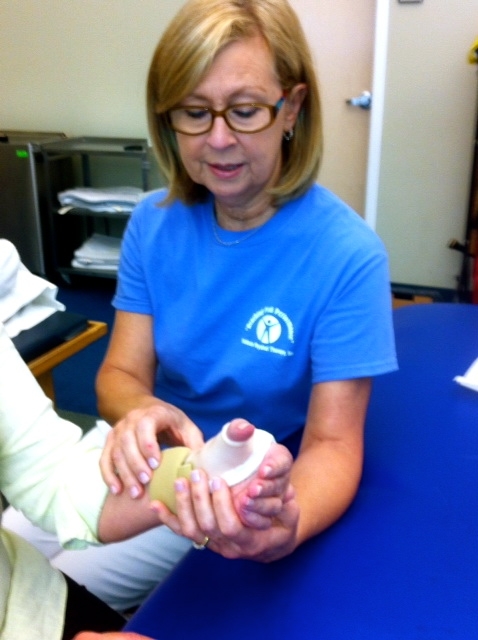 What Is A Certified Hand Therapist?
What Is A Certified Hand Therapist?
Linda King CHT, is a Certified Hand Therapist who has been treating hand injuries for more than 30 years and was the first hand therapist in South Georgia to receive hand therapy certification. A Certified Hand Therapist is an occupational or physical therapist with advanced training and national certification in rehabilitating people with problems affecting the hand and upper extremity. Through advanced study and continuing education, Certified Hand Therapists maintain certification and stay current with rapidly evolving practices and procedures of this specialization.
Who Can Benefit From Hand Therapy?
Patients who benefit from hand therapy include those with traumatic injury to tendons, ligaments, nerves, joints and bones; cumulative trauma disorders such as tendonitis, tenosynovitis, nerve compression and pain syndromes; disease or conditions that include arthritis, Dupuytren’s contracture, paralysis and congenital disorders.
Hand Therapy Treatment Includes:
|
Custom Hand And Upper Extremity Splinting:
If indicated by your injury, a custom splint may be fabricated as part of your rehabilitation. Fabrication and fitting of custom splints requires careful consideration and integration of many factors. It is important to remember that although the diagnoses may be similar, no two patients have identical splinting requirements. Splints fabrication must be made with a thorough understanding of the underlying anatomic alterations and with realistic therapeutic considerations regarding the total treatment program.
The goal of custom splinting varies and may be to immobilize, mobilize, position or protect with the intent of restoring maximum function. The proper use of hand splints is considered an essential part in the management of patients with acute or chronic disease or injuries of the hand and upper extremity.
Benefits Of Custom Splinting Include:
|
Dynamic Splinting:
Dynamic splints are designed to increase or substitute for motion. This type of splint uses carefully directed forces to correct or control joints limited by stiffness or loss of active power. Dynamic splinting applies prolonged gentle pull to stiffened joints in order to influence collagen alignment or to move passively supple joints though arcs of functional motion.
Static Splinting:
Static splinting is used to position, immobilize or protect. This type of splint may be used with fracture care, correction off alignment or post-surgical protection. Resting night splints are an example of static splints used to correct alignment and alleviate inflammation.
Lymphedema Therapy
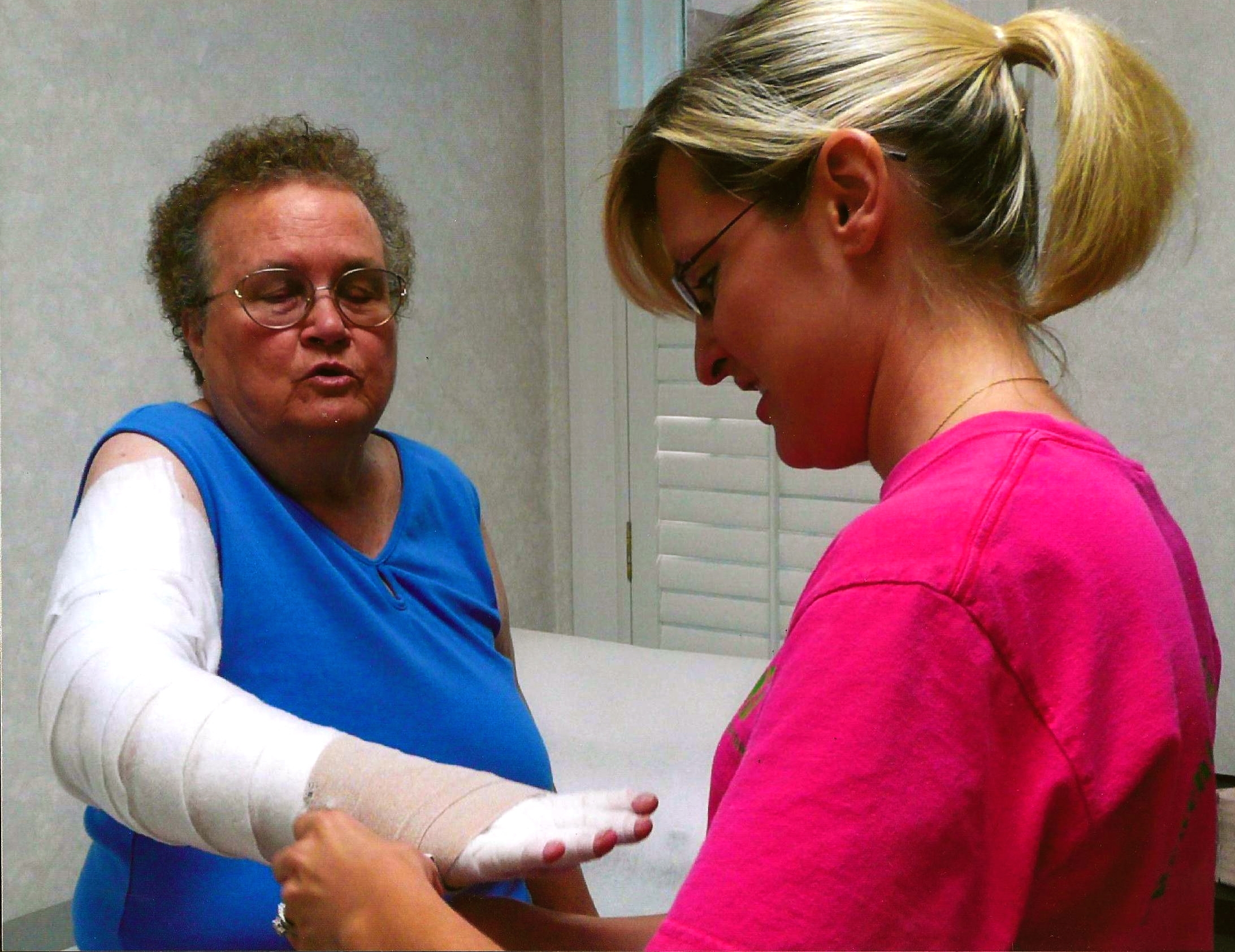 Stephanie Kurrie, DPT, ECS, CLT, received her doctorate in physical therapy from the University of Miami. She is a certified lymphedema therapist with more than 10 years of experience treating patients. It is recommended that lymphedema be treated by a certified lymphedema therapist.
Stephanie Kurrie, DPT, ECS, CLT, received her doctorate in physical therapy from the University of Miami. She is a certified lymphedema therapist with more than 10 years of experience treating patients. It is recommended that lymphedema be treated by a certified lymphedema therapist.
What Is Lymphedema?
Lymphedema is a swelling of a body part, most commonly an arm or a leg. The swelling is due to an accumulation of lymph fluid (protein and water) in the tissue spaces under the skin. The condition occurs when the lymph vessels, which normally carry excess fluid out of the limbs and back to the central circulation, have their flow interrupted. This can happen following breast cancer surgery, where lymph nodes under the arm have been removed. This can also be caused from scarring of tissues due to radiation therapy.
The Goal Of Lymphedema Treatment:
Since there is no cure for lymphedema, the goal of therapy is to reduce swelling and to maintain the reduction. A certified lymphedema therapist should perform the treatment.
Types Of Treatment For Lymphedema:
|
Symptoms Of Lymphedema:
|
Post-Breast Surgery Program:
All patients who have undergone breast surgery should be evaluated by a certified lymphedema therapist. This may help prevent the occurrence of lymphedema. Following breast surgery, limitations in range of motion may develop. Patients may have difficulty with overhead activity or even fastening their bra. Pain, stiffness, weakness, swelling and loss of function may develop.
Most of these conditions result in postural changes and fear of moving the affected arm. This may lead to muscle shortening, scar tissue formation, stiffness, swelling and ultimately weakness. These conditions may be preventable with individualized short-term course of physical therapy.
Electromyography and Nerve Conduction Velocity Testing
What Is Electrophysiological Testing?
Electrophysiologic testing consists of needle electromyography (EMG), sensory and motor nerve conduction velocity testing (NCV), H-reflex and F-waves. Linda King, PT, ECS, CHT and Stephanie Kurrie, DPT, ECS, CLT, are both board certified by the American Board of Physical Therapy Specialties (ABPTS) as Clinical Electrophysiologic Certified Specialists to provides these services.
Electrophysiologic tests are an extension of the neuromuscular examination and provide important clues to the location, character and severity of neuromuscular disorders. Referrals for electrophysiological tests are from a variety of physician specialists, including but not limited to:
|
|
|
EMG:
Electromyography, needle EMG finding, is an expression of the physiological or pathophysiological state of muscles. Electrical potentials are observed after the needle electrode is inserted into the muscle.
NCV:
The study of the conduction of nerves entails depolarizing the fibers with a stimulus, followed by monitoring of the evoked response. Clinically, nerve conduction studies can be applied to:
|
Work Injury Management
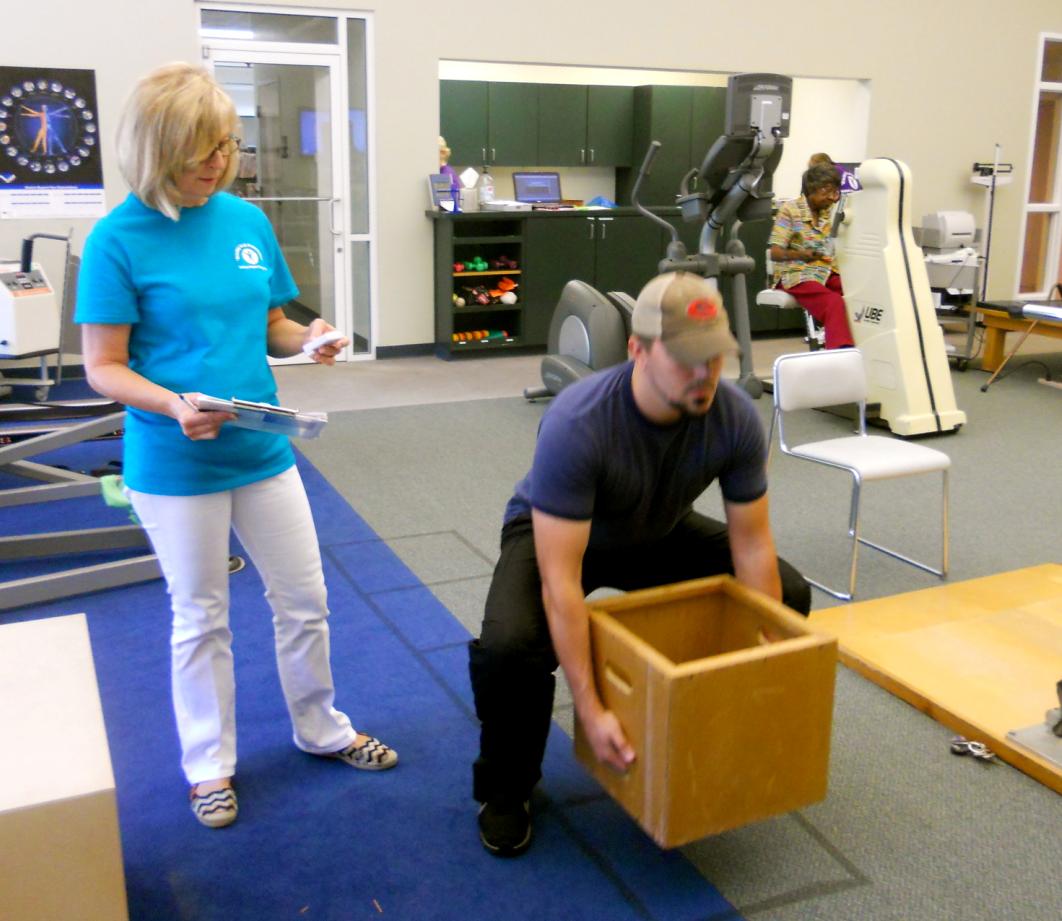 Post-offer screening work injury prevention
Post-offer screening work injury prevention
Valdosta Physical Therapy Inc. offers post-offer screening evaluations to help the employer match the employee to the job or task that they are to perform. Post-offer screening gives objective data to determine if the employee is physically capable of performing the job demands for which he/she has been hired. Placing the employee in the appropriate job and instructing in proper material handling procedures can prevent injuries and healthcare costs can be reduced.
Work Conditioning
Work Conditioning is a patient problem management program designed to rehabilitate an injured worker with respect to his cardiovascular and musculoskeletal systems. There is a strong emphasis on the functional assessment and functional rehabilitation with the ultimate goal of returning the injured worker to work on a job that is within the worker’s physical ability.
Functional Capacity Evaluation
Functional Capacity Evaluation is a systematic process of assessing an individual’s physical capacities and functional abilities.
The FCE:
|
